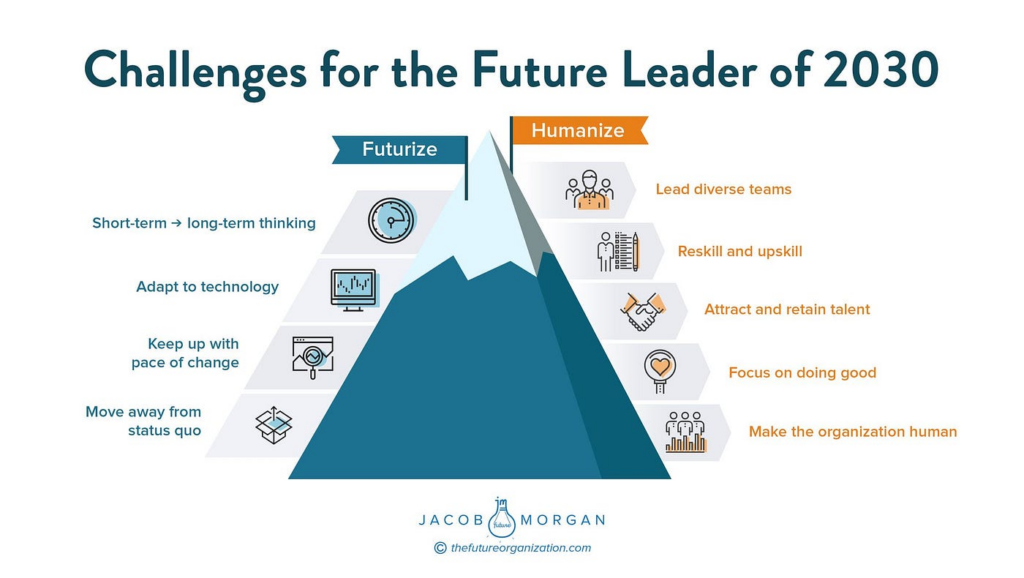Biomech L – Step Into The World Of Mechanics!

Biomech l” likely refers to “biomechanics,” a field of study that examines the mechanical principles governing the movement and function of living organisms.
Biomech l is an abbreviation for biomechanics, a multidisciplinary field that explores the mechanics of living organisms’ movements and functions, integrating principles from biology, physics, and engineering.
Dive into the fascinating world of biomech l, where biology meets mechanics in an intricate dance of movement and function.
Understanding Biomechanics – Learn About It!
Biomechanics is the study of how living organisms move, function, and interact with their environment from a mechanical perspective. It applies principles from physics, engineering, and mathematics to analyze the forces, motion, and structure of biological systems. By studying biomechanics, researchers aim to understand how organisms adapt to their surroundings, perform various tasks, and maintain their structural integrity.
Principles of Biomechanics:
The principles of biomechanics revolve around three main concepts:
Mechanical Forces:
Biomechanics is a field of study that analyses the forces exerted on biological structures, including muscles, bones, and joints. It seeks to understand how these forces impact movement patterns and stability within the human body.
Motion Analysis:
Biomechanists employ various techniques such as motion capture and video analysis to investigate the movement patterns of organisms. These methods allow for the detailed examination of movement characteristics, including patterns, velocities, and accelerations.
Structural Mechanics:
Biomechanics investigates the structural properties of biological tissues and materials, such as their stiffness, strength, and elasticity, and how these properties affect their mechanical behaviour.
Applications Of Biomechanics – Transform Theory Into Action!
Biomechanics finds diverse applications, influencing human health, performance, and innovation. Here are some key domains where biomechanics makes a significant impact:

Sports Science:
Biomechanics optimises athletic performance, prevents injuries, and enhances training techniques. By analysing the mechanics of sports movements, coaches and athletes can refine techniques, tailor training programs, and improve sports equipment design to maximise performance and minimise the risk of injury.
Rehabilitation:
In rehabilitation medicine, biomechanics informs the assessment and treatment of movement impairments resulting from injury, disease, or disability. By understanding the biomechanics of human movement, healthcare professionals can develop personalised rehabilitation programs to restore function, improve mobility, and enhance the quality of life for patients.
Ergonomics:
Biomechanics contributes to ergonomics by informing the design of products and environments to optimise human performance and well-being. By analysing the biomechanical demands of different tasks and activities, ergonomists can design workspaces, tools, and equipment that reduce the risk of musculoskeletal disorders, fatigue, and discomfort in various occupational settings.
Biomedical Engineering:
Biomechanics plays a central role in biomedical engineering, guiding the design and development of medical devices, prosthetics, and implants. By understanding the biomechanics of tissues and organs, biomedical engineers can design implants that mimic natural biomechanical properties, improving compatibility and durability.
Orthopedics:
In orthopaedic medicine, biomechanics aids in diagnosing and treating musculoskeletal conditions and injuries. Analysing the mechanics of joints, bones, and muscles, orthopaedic surgeons can assess biomechanical factors contributing to injuries and develop surgical interventions and rehabilitation strategies to restore function and mobility.
Product Design:
Biomechanics influences the design of consumer products, such as footwear, clothing, and ergonomic furniture. Manufacturers can create products that enhance users’ comfort, performance, and safety by considering biomechanical principles in product design.
Forensic Biomechanics:
In forensic science, biomechanics helps reconstruct accidents and analyse injury mechanisms to determine the cause of injuries in legal cases. By applying biomechanical principles to analyze evidence such as impact patterns, forces, and trajectories, forensic biomechanists can provide valuable insights for legal investigations.
Biomechanics in Ergonomics:
In ergonomics, biomechanics informs the design of products and environments to optimise human performance and well-being. By analysing the biomechanical demands of different tasks and activities, ergonomists can design workspaces, tools, and equipment that reduce the risk of musculoskeletal disorders, fatigue, and discomfort in various occupational settings.
Biomechanics in Biomedical Engineering:
Biomechanics plays a central role in biomedical engineering, guiding the design and development of medical devices, prosthetics, and implants. By understanding the biomechanics of tissues and organs, biomedical engineers can design implants that mimic natural biomechanical properties, improving compatibility and durability.
Challenges And Future Directions – Face The Future!
Navigating the future of biomech l involves addressing several challenges while embracing promising avenues for advancement:

Complex Interactions:
Understanding the intricate interactions between biological systems and mechanical principles poses a significant challenge. Biomechanists decipher the multifaceted relationships between variables, such as forces, motions, and structural properties.
Data Integration:
Integrating data from diverse sources, including motion capture, imaging, and computational modelling, presents a formidable task. Biomechanical research often involves synthesising information from various disciplines, requiring innovative data integration and analysis approaches.
Individual Variability:
Accounting for individual variability in biomechanical studies is essential for capturing the nuanced differences between subjects. However, accommodating factors such as age, gender, and genetics adds complexity to research design and interpretation.
Emerging Technologies:
Embracing emerging technologies offers exciting opportunities for advancing biomechanical research. Wearable sensors, virtual reality, and machine learning algorithms hold promise for enhancing data collection, analysis, and simulation capabilities.
Translational Research:
Bridging the gap between biomechanics research and real-world applications remains a challenge. Effective translation of biomechanical insights into clinical practice, sports performance, and product design requires collaboration across disciplines and industries.
Ethical Considerations:
As biomechanics evolves, ethical considerations surrounding research conduct, data privacy, and human subject protection become increasingly important. Maintaining ethical standards and transparency is paramount to ensure the integrity and trustworthiness of biomechanical studies.
FAQ’s:
1. How does biomechanics contribute to ergonomics?
In ergonomics, biomechanics helps design products and workspaces that optimise human performance and minimise the risk of musculoskeletal disorders by considering biomechanical principles in their design.
2. Can biomechanics be applied to engineering?
Biomechanics is integral to biomedical engineering, where it guides the design and development of medical devices, implants, and assistive technologies by considering the biomechanical properties of biological tissues and systems.
3. What role does biomechanics play in rehabilitation?
Biomechanics aids in assessing and treating movement impairments in rehabilitation by understanding how mechanical forces impact the body’s movements and designing personalised rehabilitation programs to restore function.
Conclusion:
Biomech l, an abbreviation for biomechanics, integrates principles from biology, physics, and engineering to delve into the mechanics of living organisms’ movements and functions.




